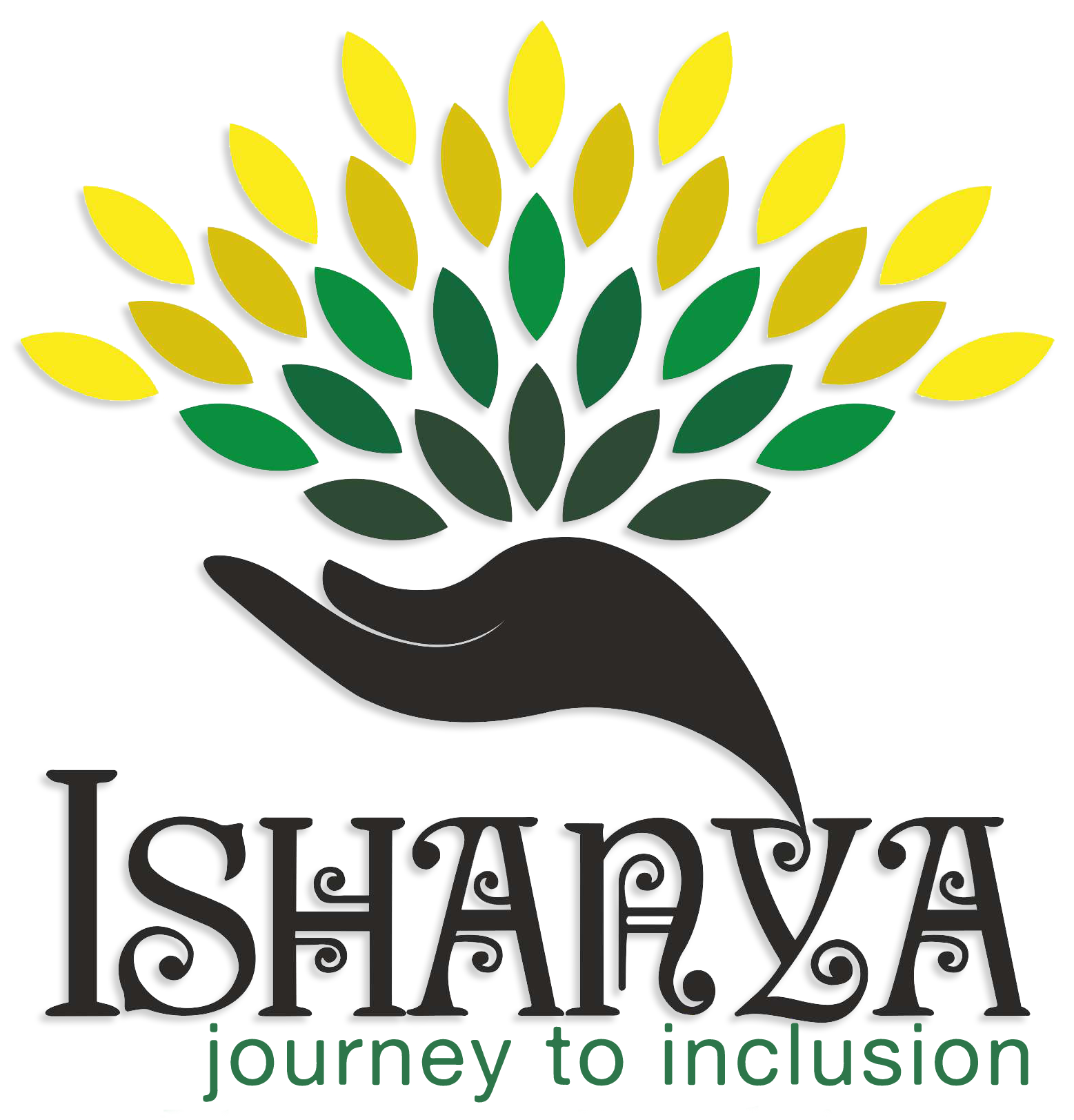The use of assistive technology (AT) for children with Autism- An experiential perspective
Assistive technology, in generic terms, refers to the use of hardware or software tools for enabling people with disabilities to communicate better and provide enough aid to make their daily lives simpler (Alcade, C , Navarro, J. I , Marchena, E and , Ruiz, G, 1998). As a special educator, I have been using this technology in a variety of way as an adaptive means to accomplish defined tasks and goals.
Assistive technology can be used in a range of different ways through different kinds of tools and devices. From off the shelf products to those specially customized to suit the individual needs, one can find a range of AT devices in the market today (Stokes, S). Some of the AT devices known widely include special keyboards, microphones, computer mice, text-speech communication supports (computer softwares and apps), monitor magnification software aids, voice magnification software aids, communication softwares and apps using pictures and sounds and various other equipments and products (A division of Bellefaire JCB, 2009).
Very often, I have been asked the question, whether assisted technology is a boon or bane? With regard to my experience, when used professionally for the personal development and enhancement of the child with autism, it is a clear winner. When children with autism are daily met with sensory processing challenges and delays in language development, the consequential impact is on their social skills and communication. With the use of assistive technology, some individuals with autism show us a gradual increase in positive learning. With regularity and practice, they are able to overcome and recompense many of autism’s challenging characteristics.
As special educators, it is necessary to be progressive enough to try and test various means and methods with these children. When a child indicates a progress with AT, it is important that we equip them with the AT tools based on consistent research. When used creatively and in a goal-focused manner, AT can prove as a boon to constructively enhance sensory processing challenges, language delays and impairments, social interaction skills and self-esteem issues. Based on the individual’s unique set of needs, we can acclimatize and mould tasks to meet the planned goals.
Regarding their distinctive set of needs, autism as a disorder can be baffling for every child. It is the responsibility of the parentsand educators working with the children to identify his/her needs and work on the affirmative growth of the child. In this process his/her behaviour can be confounding and difficult to manage. At such circumstances, AT might prove as a useful means for some children with this disorder to find something that relaxes and calms them. This could facilitate as a comfortable buffer for the child to focus better and move ahead with the goals. With some of the children, music might relax their minds and coax them into performing their tasks. With some other children, digital art can work effectively during intervals given between tasks. Few other children would possibly enjoy watching certain videos like, pieces of a news report or food recipes.
With regard to the use of AT to meet the major goals ascertained, it can be used vastly from helping the child learn alphabets, shapes, colours, fruits, vegetables and vehicles to learning basic and complex social skills that are imperative for his/her daily living. AT proves as an advantageous means in promoting a significant level of independence by aiding some of the individuals with autism to perform tasks that they would otherwise face difficulty achieving.
Now let us consider a situation where a child with autism needs to make a small and quick trip to the grocery store. He/she might feel the environment as hostile causing an agonizing experience to the child’s mind. The child might come across as belligerent, inhibited or even frenzied. The child’s hyperacute senses would be causing a stimulus overload in the brain with noises from the places being heard too loud or the lights from the area being felt as too brash and irritable. Therefore, the child’s natural response to such new situations wouldn’t be observed as expected from the others in the same place. At such situations, AT can be utilized for the benefit of the child. The child can be introduced to virtual scenes of the place and exposed to similar scenes by obtaining from the internet. In a systematic and gradual manner, the child can be imparted with various actions and words to help the child conduct him/her self in a less anxious manner. This would help the child garner less attention from the onlookers, therefore making his/her experience in a new situation slightly more enjoyable. With this example, we can understand the use of AT in social interactions and skills, which is a challenge for many children with autism.
Assistive technology is that modern means in the field of disabilities that encourages special individuals in realizing what they can do rather than what they cannot do. From facilitating a person who cannot hold or grip a pencil to write legibly by helping him/her type to express and communicate,to helping a person with disability find different means of vocation training through the use of AT, digital technology can be a handy tool in the field. Therefore, this positive perspective on the use of assistive technology for children with autism expresses how varied modes of technology can prominently increase such individuals’ independent functioning in a gradual process.
-Shobhita Ramesh
References
- Stokes,S. Assistive Technology for Children with Autism-Written under a contract with CESA 7 and funded by a discretionary grant from the Wisconsin Department of Public Instruction. Retrieved from https://www.cesa7.org/sped/autism/assist/asst10.htm
- Alcade, C, Navarro, J. I , Marchena, E and , Ruiz, G. (1998) . Acquisition of basic concepts by children with intellectual disabilities using a computer-assisted learning approach.Psychology Report, 82 (3), pp 1051-1056.
- A division of Bellefaire JCB. (2009). Monarch Center for Autism. Retrieved from http://www.monarchcenterforautism.org/assistive-technology/types

